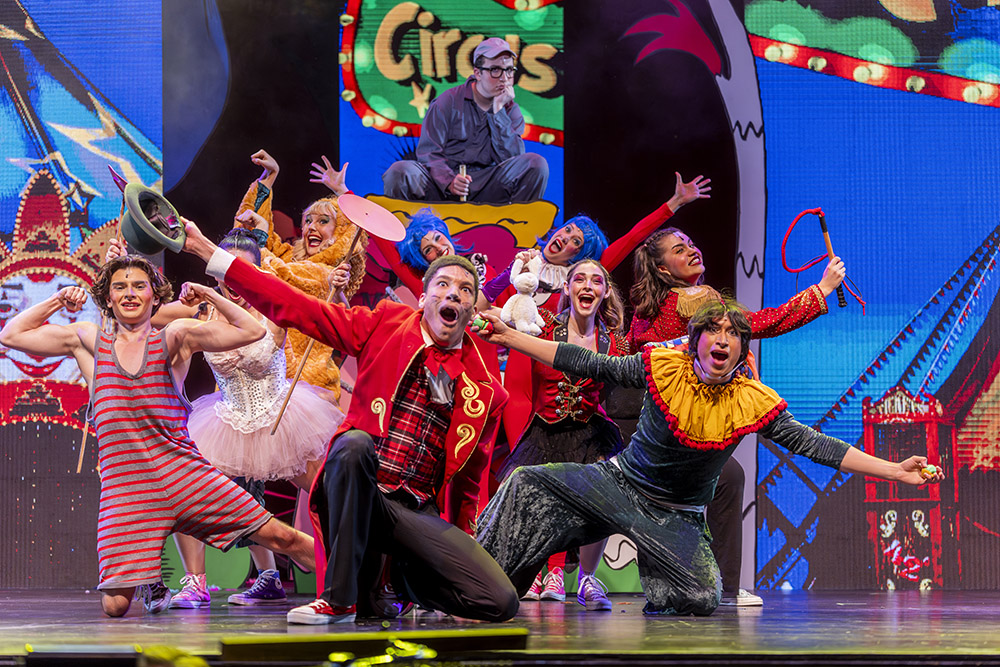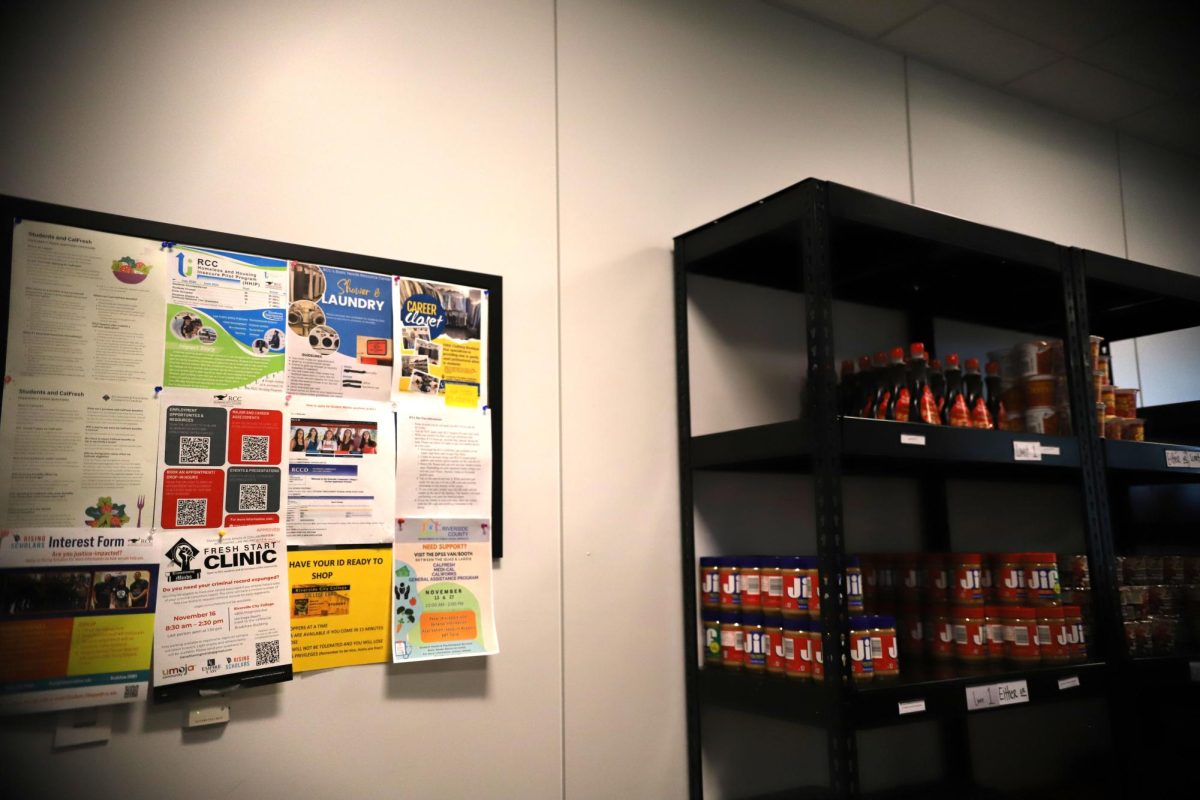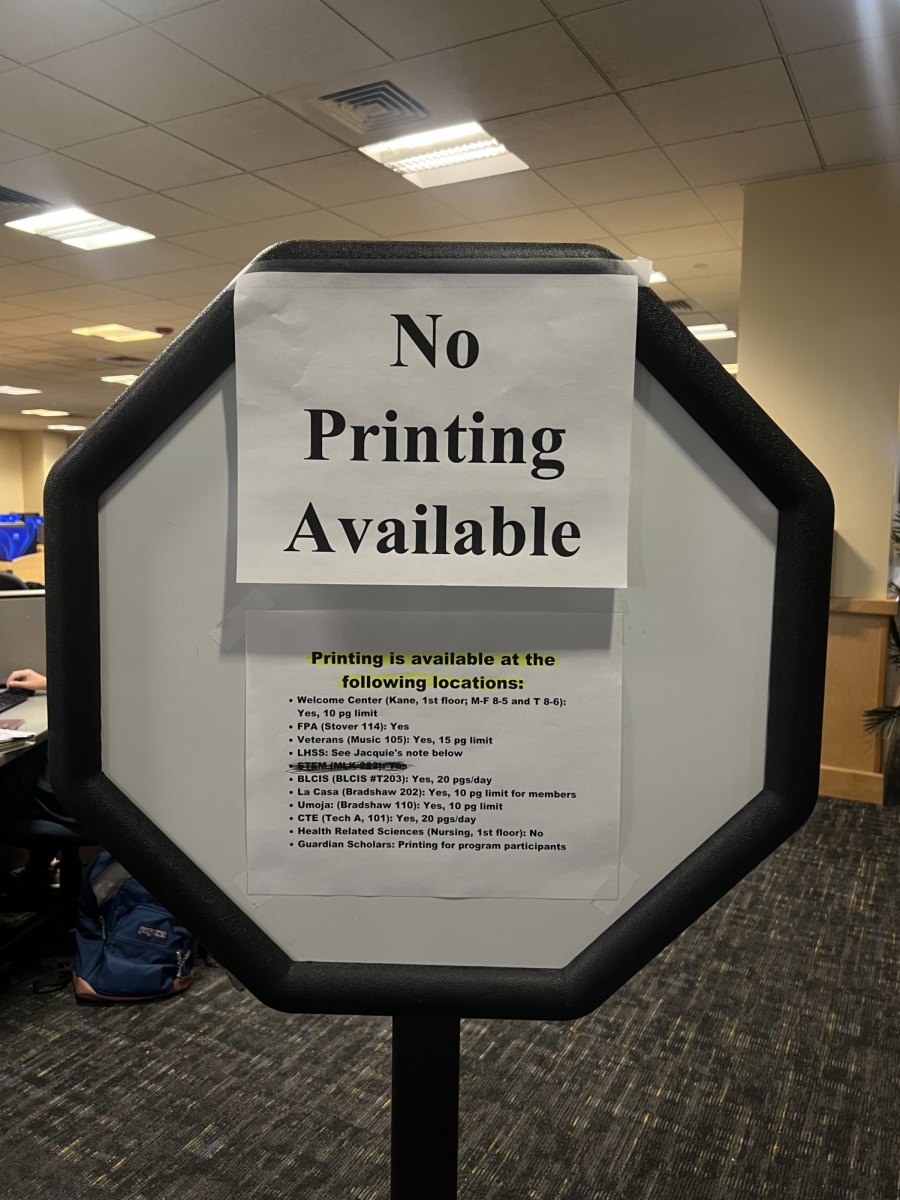By Tyler Davidson
By Tyler Davidson
Difficult. If there were any word more applicable to describe the experience of watching Darren Aronofsky’s latest venture into cinema, it might just exist in the world of “The Fountain.” This isn’t to say I didn’t enjoy the film. Quite the contrary, actually; it is a terrific blend of fine acting, a compelling and original story, and dazzling special effects.
By the end of the movie, however, one may feel completely emotionally drained. The picture runs the gamut of human emotions, from hope to fear to utter depression (an emotion Aronofsky is no stranger to exploring, given the down note on which his last work, 2000’s “Requiem for a Dream” existed).
The story takes place in three separate time periods, beginning in the 16th century. Tomas (Hugh Jackman), a Spanish conquistador, is on a search for sap taken from the Tree of Life. He has been ordered on this mission by Queen Isabella (Rachel Weisz), a woman who will stop at nothing to live forever.
Fast forward about five centuries, and we find Jackman and Weisz playing Tom & Izzi, respectively, as Tom works fervently on a monkey named Donovan to find a cure for the cancer that is plaguing his wife, not even batting an eye when an apparent cure for the aging process is found, derived from a Guatemalan tree.
Five more centuries later, and Tommy (who represents an apparently hairless future) is enclosed in a glass spaceship which also contains the Tree of Life, hurtling toward a nebula named Xibalba (named after the Mayan underworld), a so-called place of utter tranquility.
Both Jackman and Weisz go to incredible lengths to tell their stories, and are almost frighteningly convincing on-screen. Their interaction is bold, their chemistry undeniable. The audience feels for Jackman’s Tom (a role to be originally played by Brad Pitt), as he watches his wife slowly succumb to the partial paralysis caused by the cancer.
The use of overlapping time periods is a useful tool in this instance, rather than a hindrance as it very well could have been. The periods are so distinct from each other that any confusion between the three Toms/three Izzis is avoided.
“The Fountain” is a true testament to the directorial versatility demonstrated by Darren Aronofsky. It manages to be hopeful and afraid, uplifting and depressing, all at the same time. It forces an audience that otherwise has the attention span of a fruit fly, that of the modern moviegoing demographic, to become increasingly introspective, to ponder things like life, death, and love, and the importance of each to our lives.
If you plan on watching “The Fountain,” be prepared for something that you likely wouldn’t otherwise be prepared for. The film is an extraordinary demonstration in just what it means to connect with an audience, and will prove to be a deep and vivid experience the likes of which you’ll have rarely, if ever, seen in a movie.






